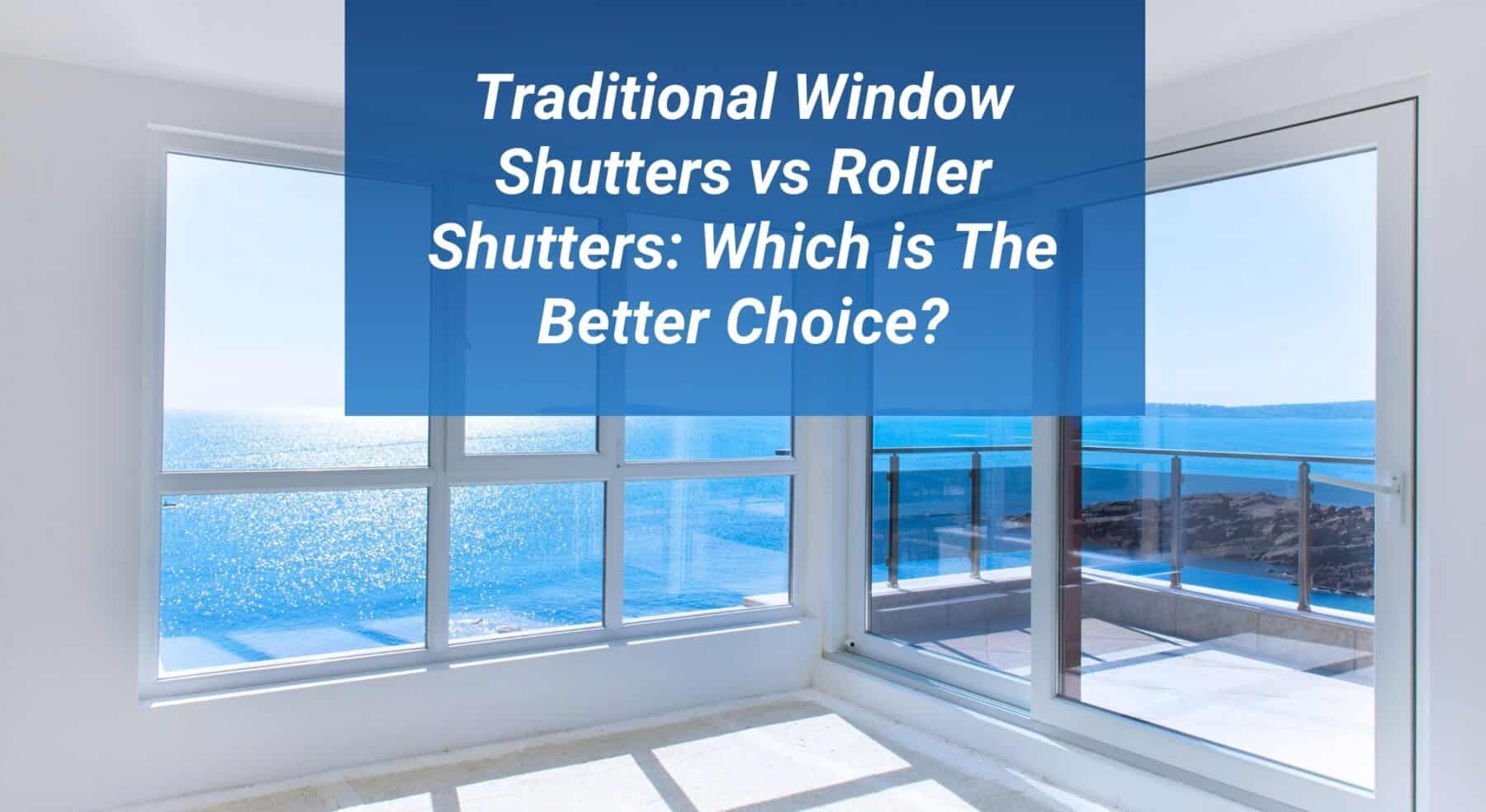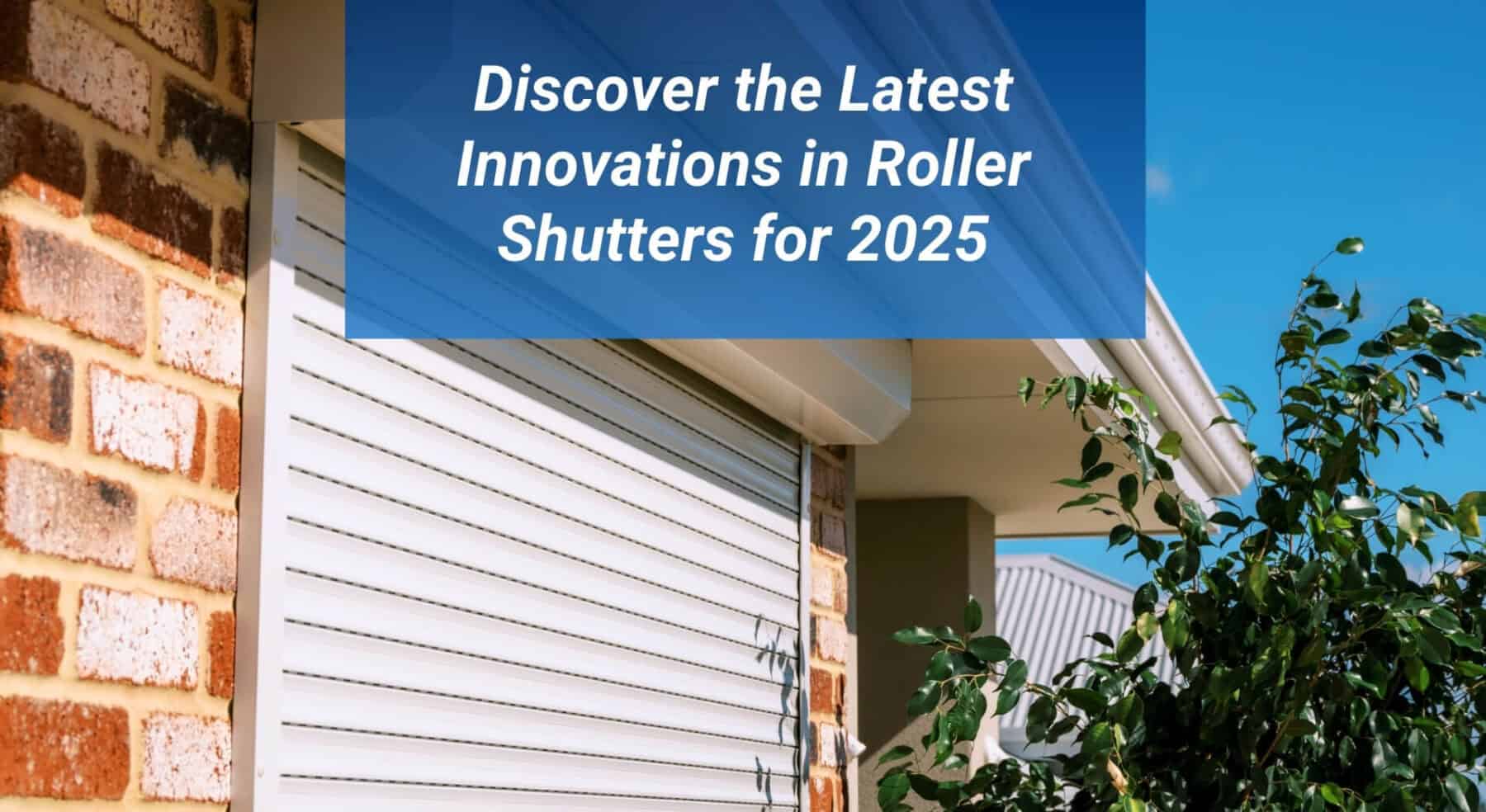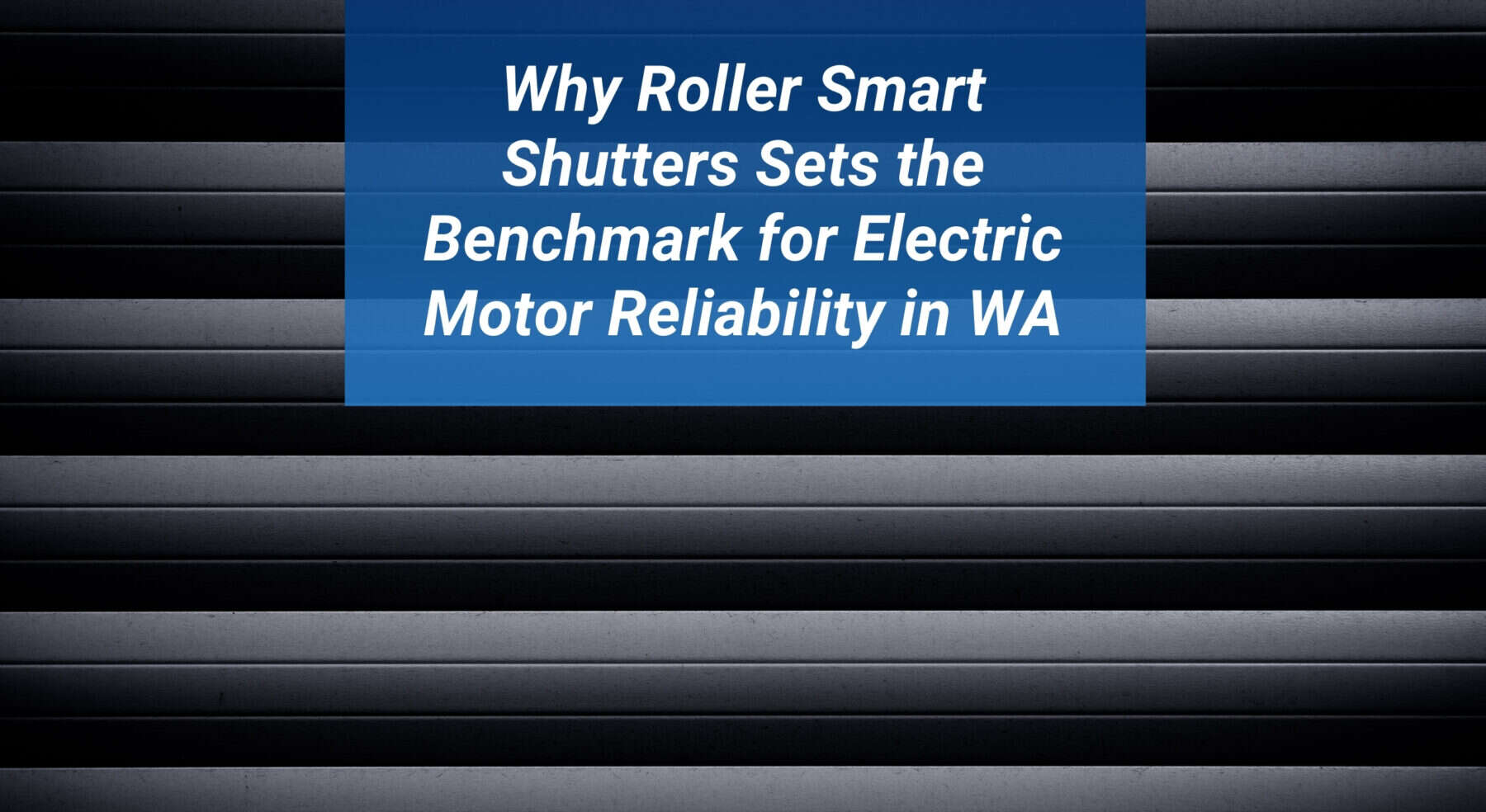Roller shutters, often considered a fundamental element for the security and energy efficiency of homes and commercial properties, work on relatively simple principles. However, while their operation may seem straightforward, the mechanism behind their function encompasses a careful blend of engineering and design. In this blog post, we’ll delve into how Roller Smart Roller Shutters work, offering insights into the sophisticated technology behind these robust window coverings.
The Core Components of Roller Shutters
Understanding how roller shutters work first requires familiarity with their core components:
Roller Tube: The roller tube is a key component that holds the shutter when it’s fully open. The shutter rolls around this tube, which is usually made of aluminium or steel for durability.
Shutter Curtain: This is the visible part of the roller shutter, made up of interlocking slats that move up and down. The curtain provides the main barrier against intruders, noise, and weather elements.
Guide Rails: Also known as tracks, guide rails are installed on each side of the window or door. They guide the shutter curtain’s movement as it opens and closes.
Bottom Bar: The bottom bar provides rigidity to the shutter curtain and helps keep it aligned with the guide rails. It often contains a lock for manual roller shutters.
Control Mechanism: The control mechanism operates the movement of the roller shutter. This could be a manual winder, a switch for electric shutters, or a remote control for automated shutters.
How Roller Shutters Operate
With these components in mind, let’s examine how roller shutters work:
Manual Operation
In a manually operated roller shutter, a winder or crank is used to open and close the shutter. Turning the winder pulls on a tape or cord that’s connected to the roller tube via a pulley system. As the cord winds onto the roller tube, it pulls the shutter upwards. Conversely, unwinding the cord allows the shutter to lower under its own weight.
Electric Operation
Electric roller shutters use a motor instead of a manual winder. The motor is usually housed within the roller tube and connected to the main power supply. When activated by a switch or remote control, the motor turns the roller tube, winding or unwinding the shutter curtain.
Some electric roller shutters offer programmable settings or integration with smart home systems, allowing for automated opening and closing at specified times or under certain conditions.
The Role of Safety Mechanisms
Safety is an integral part of roller shutter operation. Many shutters incorporate features like automatic locks, which engage when the shutter is fully closed, preventing it from being lifted from the outside.
Furthermore, advanced electric shutters may include sensors that stop the shutter if an object is detected in its path, preventing damage or injury.
Contact Roller Smart Today
While the operation of Roller Smart Roller Shutters is typically simple for the user, the engineering behind these systems is quite sophisticated. The combination of simplicity and advanced design makes roller shutters a reliable, convenient, and effective solution for home and business security, energy efficiency, noise reduction, and more.
Ready to experience the simplicity and sophistication of roller shutters on your property? Contact Roller Smart Roller Shutters today, and let our team guide assist you to find a solution catered for you.











